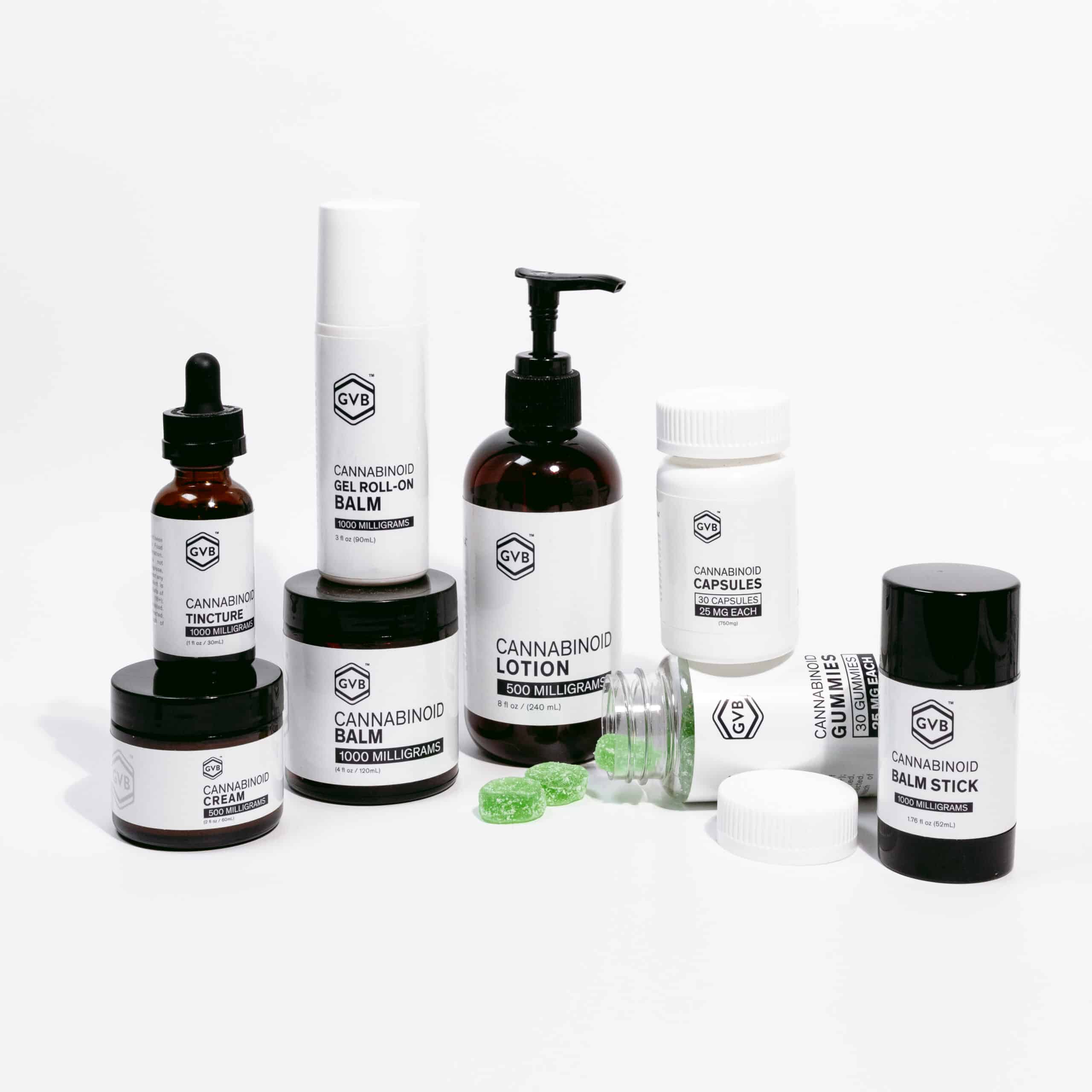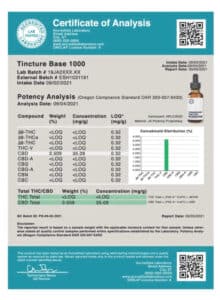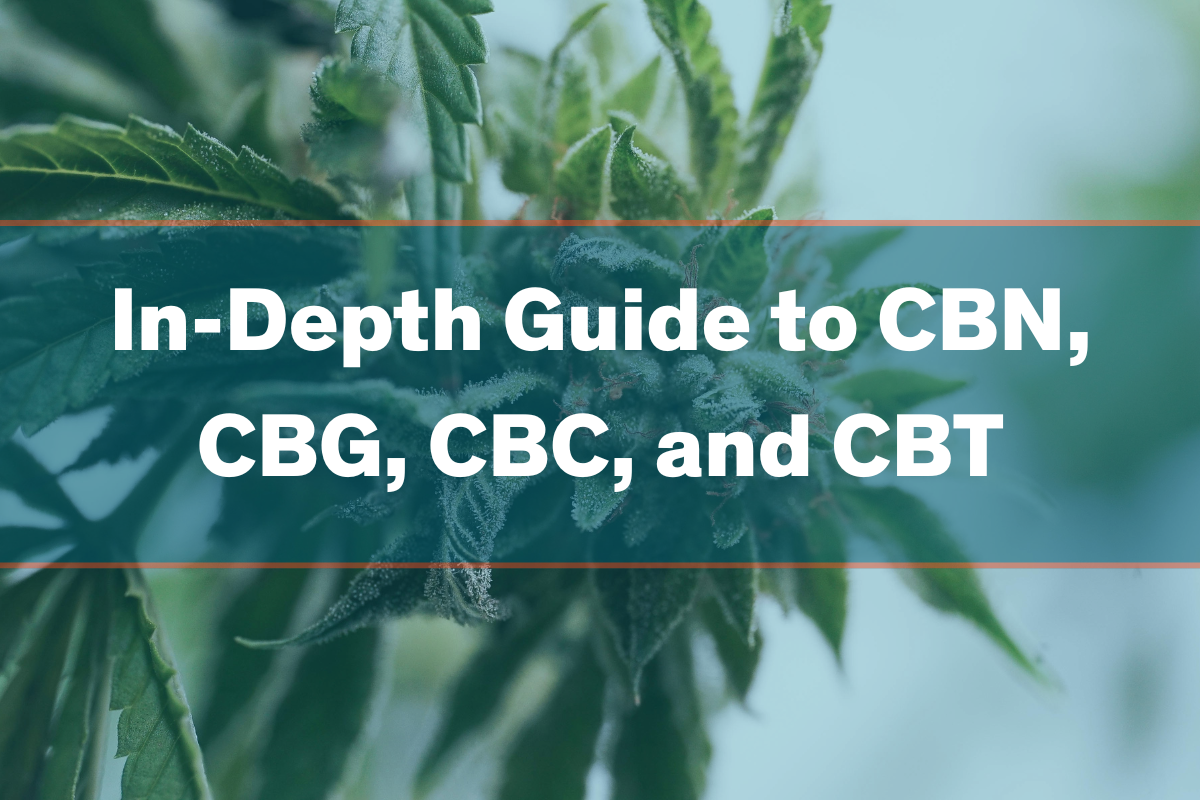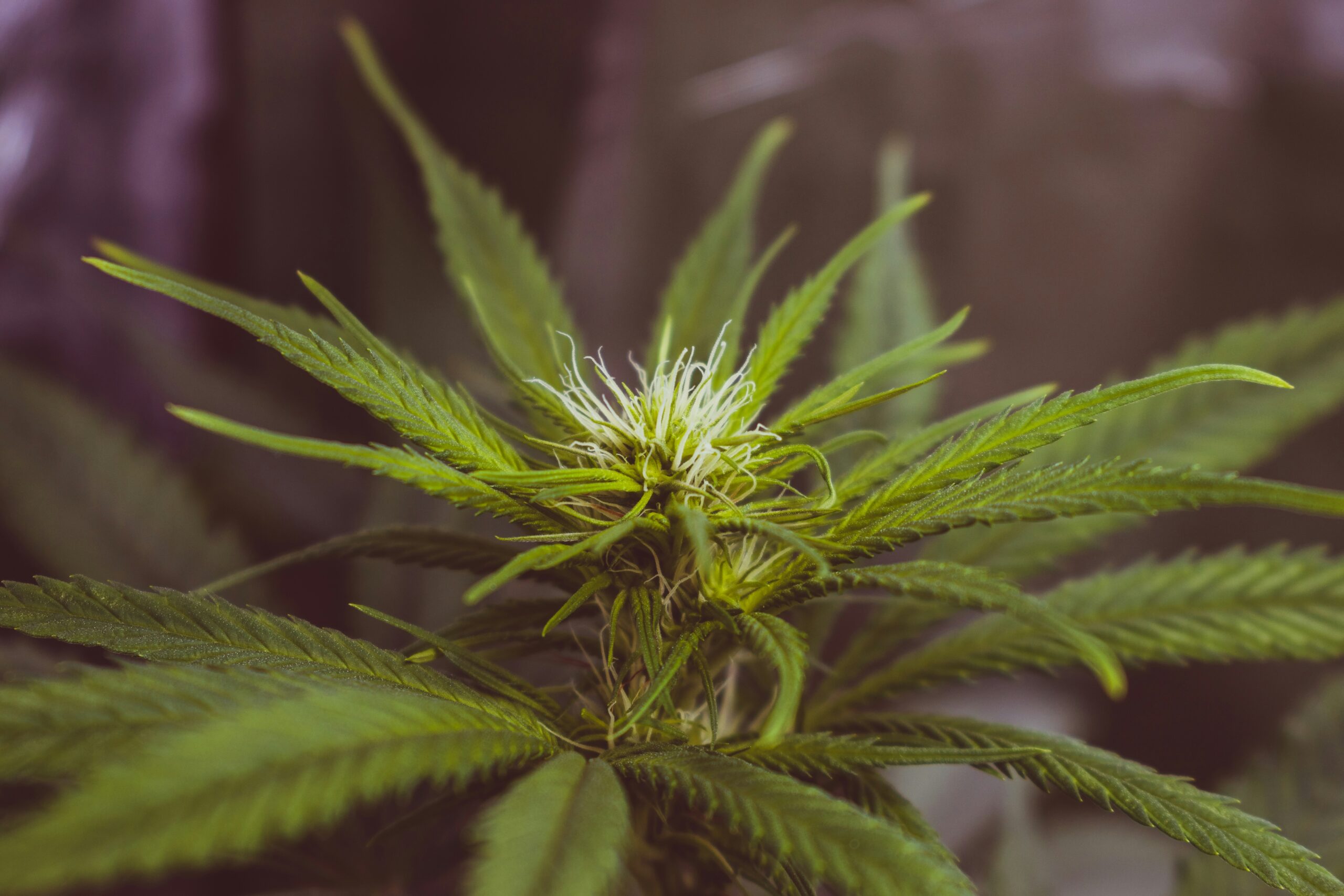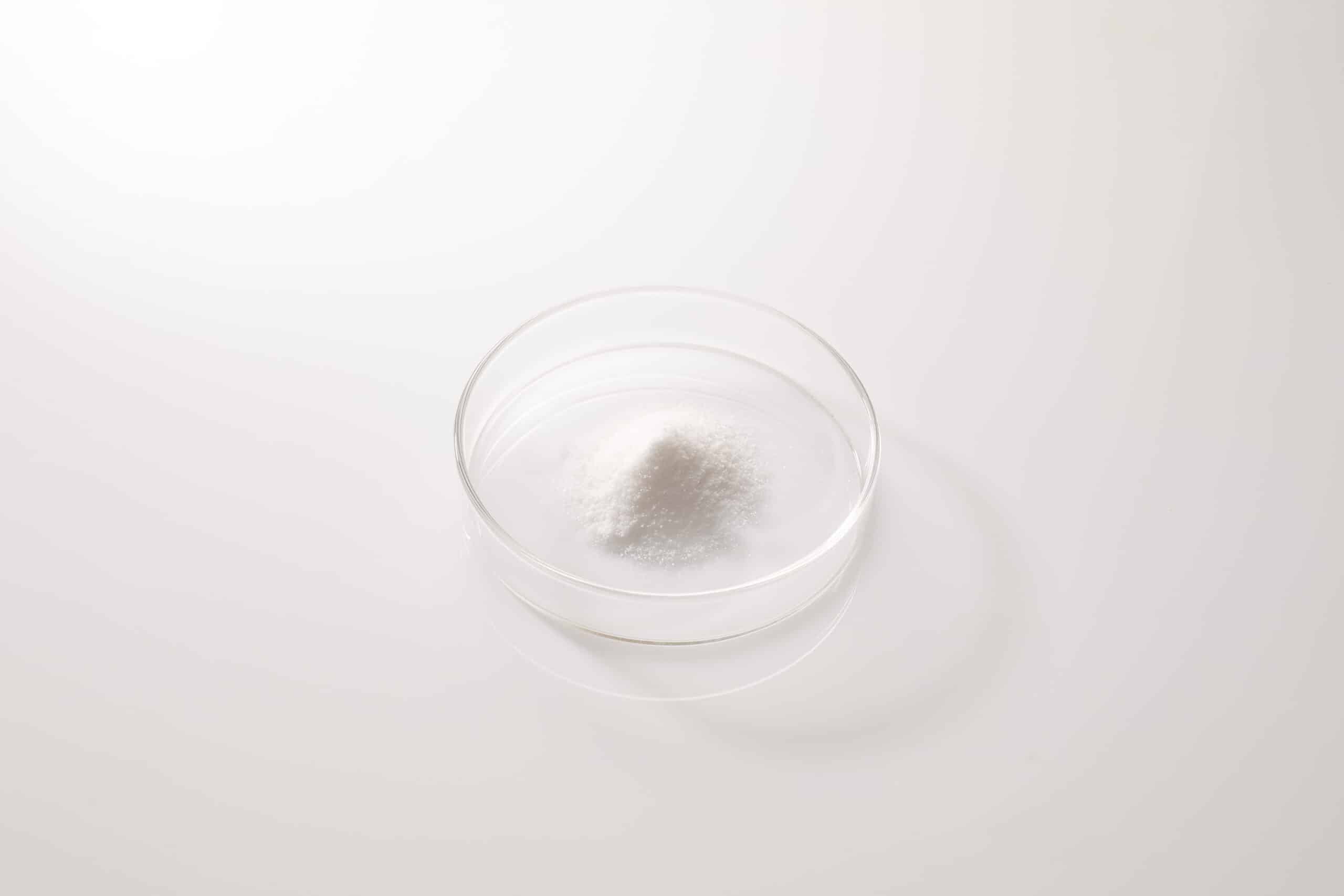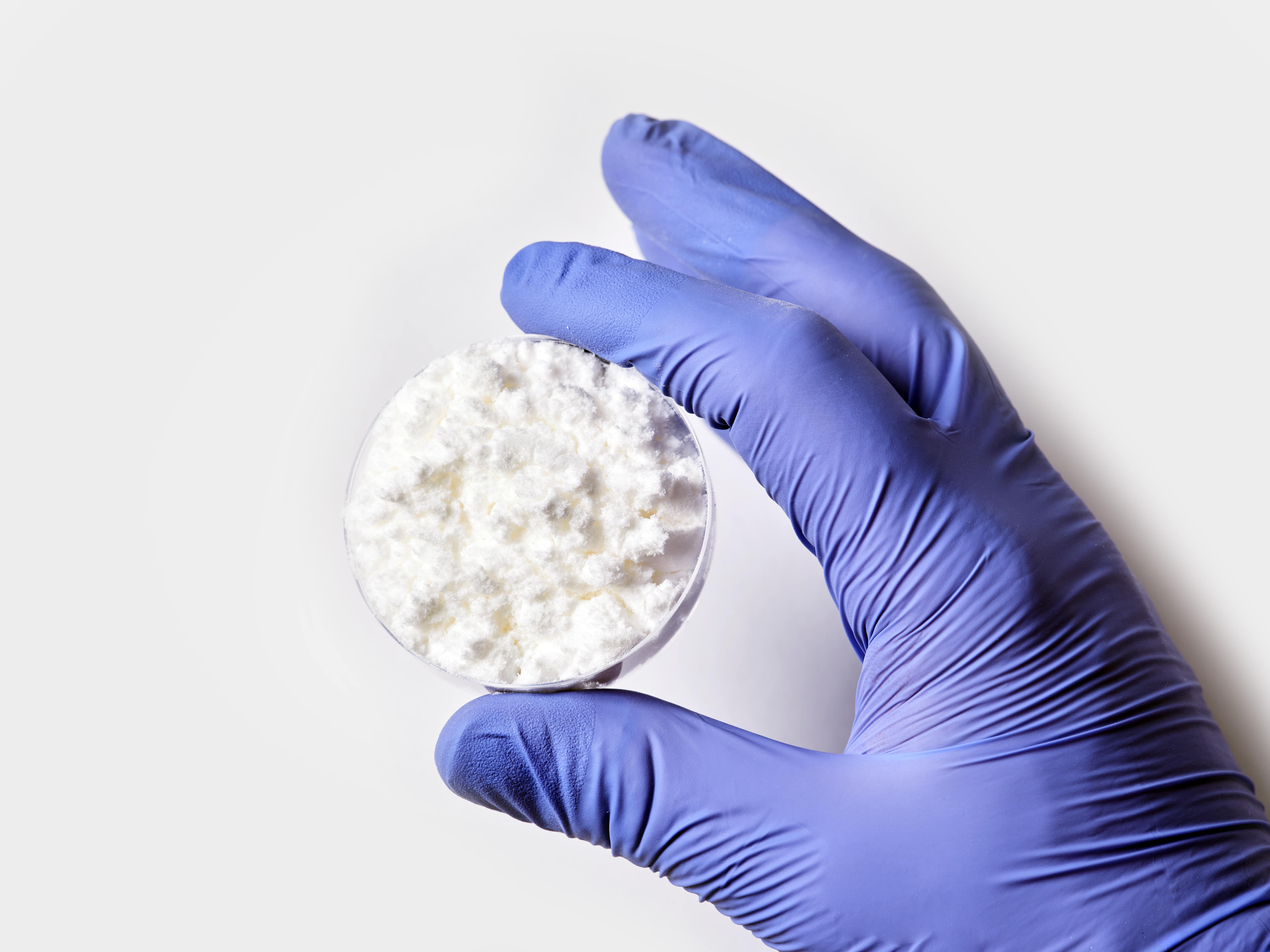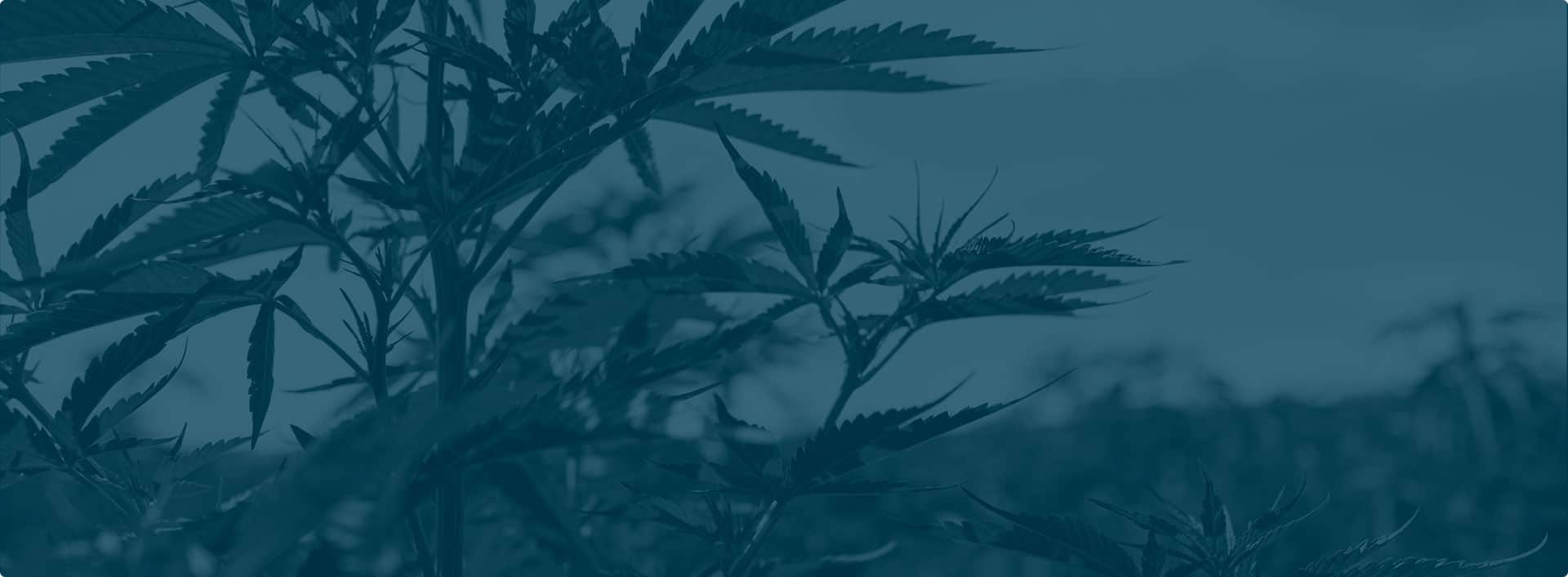Wondering how to read the COA (certificate of analysis) for a white-label cannabinoid product? In this video, you will learn everything you need to know about finding information in a certificate of analysis in under 5 minutes.
White-label cannabinoid product COAs provide information on, at the very least, the type of sample tested and the sample’s cannabinoid profile. Let’s cover some of the forms of information your white-label cannabinoid COA should include:
Sample number
Also known as the lab batch number, the sample number assigned by the lab helps ensure you have the right COA for your product.
Batch number
The client batch number (or external batch number) is selected by the cannabinoid producer. You’ll need this important number to trace the batch associated with your test.
Cannabinoid concentrations
Each cannabinoid present in the sample will be listed both as a percentage and as a total milligram sum. You can use this information to make sure your white label product contains the cannabinoid concentrations advertised.
If a 1oz CBD tincture advertised as containing 1000mg CBD has a lab report pegging its CBD concentration at around 35mg per gram, then the advertised concentration is correct.
To do the math, divide the total number of milligrams by the volume of your formulation converted to grams.
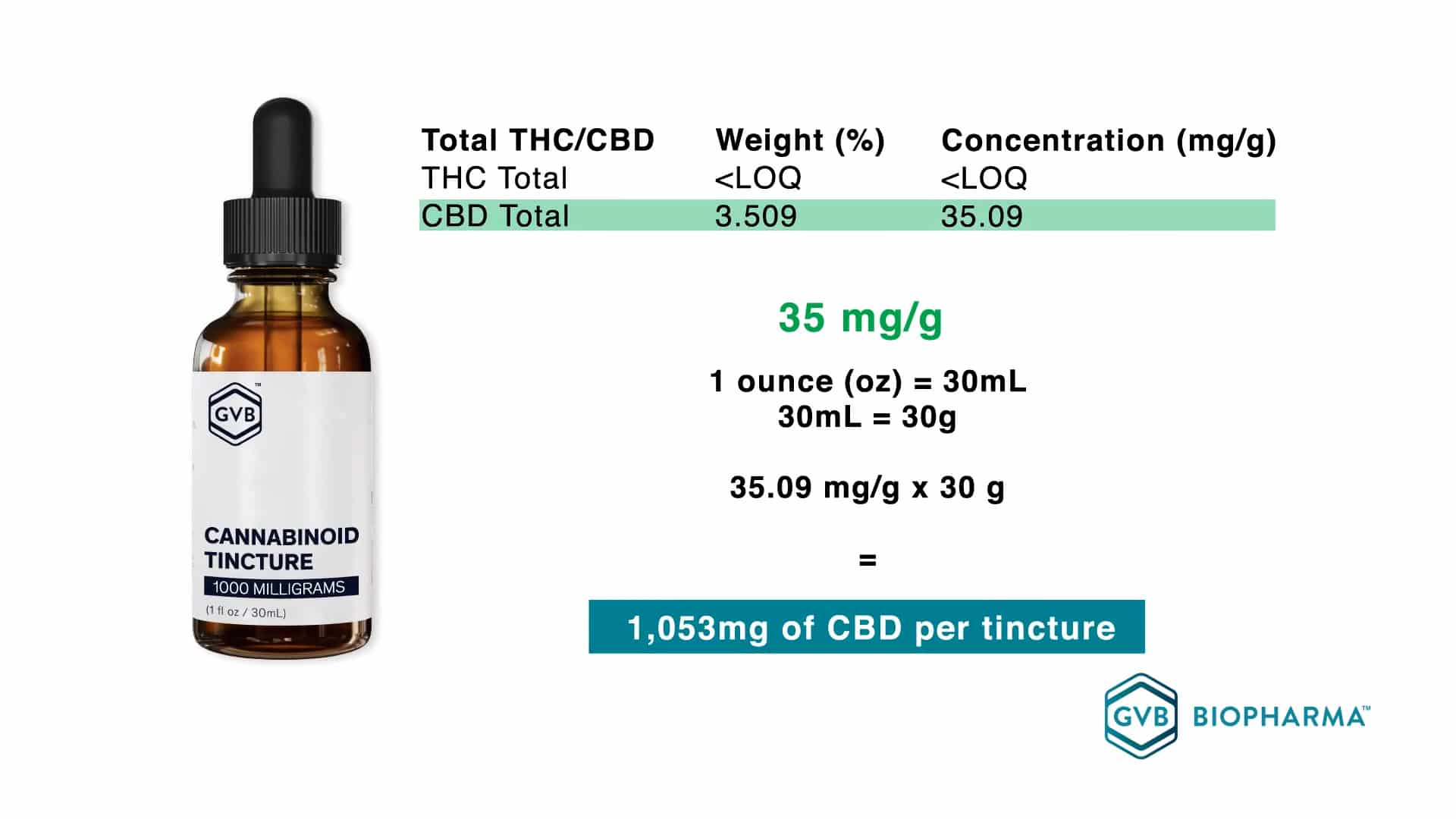
Limit of quantitation (LOQ)
In the testing industry, the limit of quantitation (LOQ) is the lowest threshold of a substance a test measures. Many CBD lab tests, for instance, set their THC LOQs at around 0.3% since that’s the federally designated THC cutoff for industrial hemp.
Terpene and residual pesticide information
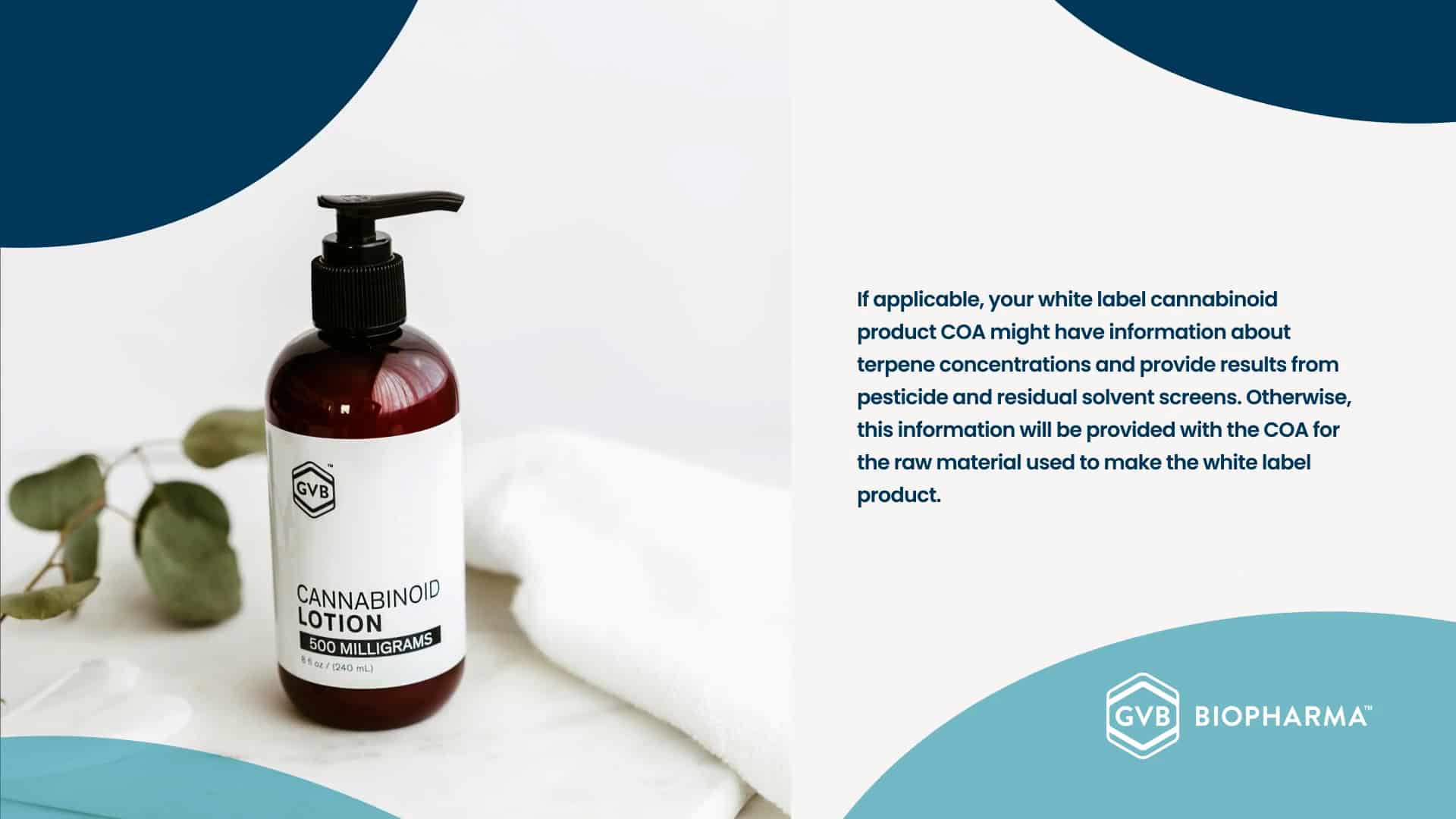
If applicable, your white label cannabinoid product COA might have information about terpene concentrations and provide results from pesticide and residual solvent screens. Otherwise, this information will be provided with the COA for the raw material used to make the white label product.
Depending on the COA, there may also be data on heavy metals, moisture content, genetics, flavonoids, or even synthetic cannabinoid concentrations. Look for a QR code you can scan on the COA for more information.
Additional acronyms you may need to know:
PPM: stands for parts per million, which is essentially used to describe a very small quantity in a very large quantity
PPB: is parts per billion, which is another form of measurement used to describe a small quantity in an even larger quantity.
LOD: stands for Limit of detection and is similar to the LOQ (limit of quantification), but they aren’t always the same. Both describe the lowest concentration of a substance r that can reliably be detected by an analytical instrument or procedure. The LOD is the lowest quantity of a substance that can be distinguished from the absence of that substance. If the substance that is analyzed is too low to be detected, then it essentially gets lost in the “noise”. Because of this, a limit is set for the detection of the substance that is higher than the signals that fall into the noise section of the analysis. The LOD and LOQ can differ according to what definition is used and what type of noise contributes to the measurement and calibration.¹
<LOQ: means that the analyte is below the limit of quantitation. Remember that the LOQ refers to the lowest concentration at which a substance can not only be reliably detected by also at which certain predefined goals for bias and imprecision are met.
California: may be specified on certain COAs, and means that even though it is below the limit of quantitation, it may be above the limit of detection, meaning the analyte is detectable, but not necessarily higher than the LOQ.
ND: means not detected
NT: stands for not tested
mg/g: is milligrams per gram. If you divide this number by 10 you get the percent concentration
Limit / Action Limit: This is the limit set by state regulators and can differ from state to state. According to FDA policies, action limits or action levels are the minimum or maximum values of a a quality assurance measurement that define if a product represents an acceptable performance with regards to the parameter being tested.² If the COA shows a result above the Limit or Action Limit it represents a failing result as standards are not met.
We hope we’ve answered all your questions and concerns about finished product COAs. If you have any further inquiries about COAs, sourcing high-quality cannabinoids, or our white label services, please book a call with one of our industry experts!
Private label cannabinoid product COA FAQ
Learn more about white-label hemp COAs below:
1. How do you read a COA?
Most COAs follow the same basic format featuring a sample number or ID followed by a variety of sets of data including:
- Cannabinoid potency
- Terpene concentrations
- Pesticide and contaminant concentrations
In many cases, all of this information is provided on a single page. Complex COAs featuring many different data sets, though, often span multiple pages of PDF documents. If you have any questions regarding how to read a particular COA, contact the issuing lab or the brand that produced the product.
2. Why is a COA important for CBD?
COAs must be provided with CBD products to provide customers assurance regarding the quality and safety of the products they are considering purchasing. Whether these customers are individual consumers or large corporate entities, COAs are equally useful given the currently lax regulatory climate surrounding CBD.
Without COAs, customers would have no way of ascertaining the safety and quality of CBD products without conducting their own tests. Providing COAs both saves customers money and helps them trust that the products they’re buying are safe.
3. How do you know if a COA is real?
It is very rare for brands to fake COAs. If you have any concerns regarding the validity of a COA, however, the best option is to check in with the lab that issued it. The lab’s logo and contact information should be provided somewhere within the document. If it is difficult to find information on the issuing lab within a COA, that’s certainly cause for concern.
4. What should a COA include?
A complete COA should feature information including the names of the brand and the lab, the identifier of the sample in question, its cannabinoid content, and its contaminant content. Any additional information is useful but not strictly necessary.
Sources:
1. Ambruster, D. A.; Pry, T. Limit of Blank, Limit of Detection, and Limit of Quantification. Clinical Biochemical Reviews 2008. 29(suppl 1): S49-S52. Retrieved from: https://www.ncbi.nlm.nih.gov
2. FDA. Action Limits or Action Levels (Definition). Retrieved from: https://www.accessdata.fda.gov

